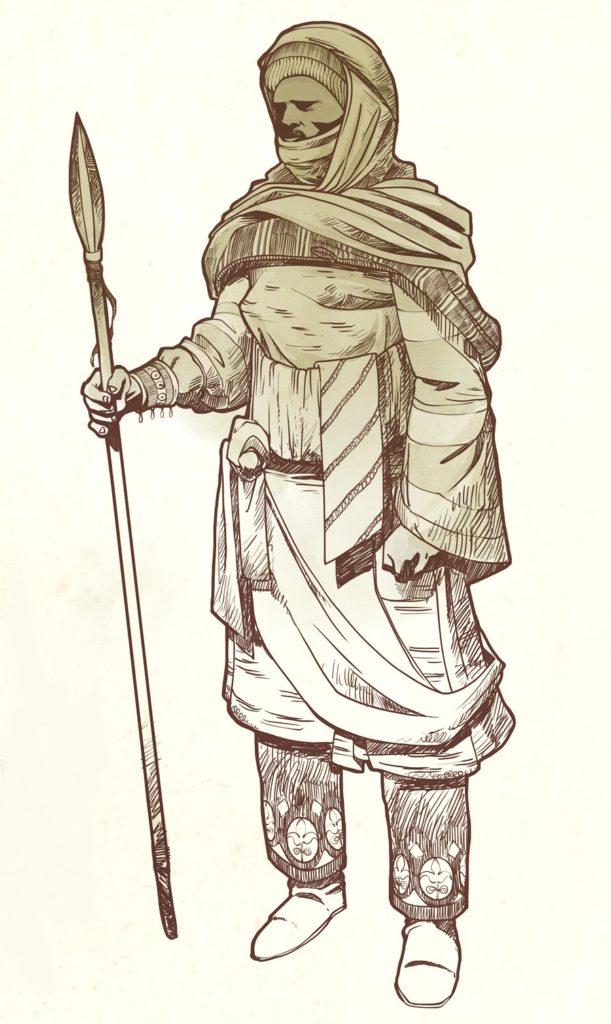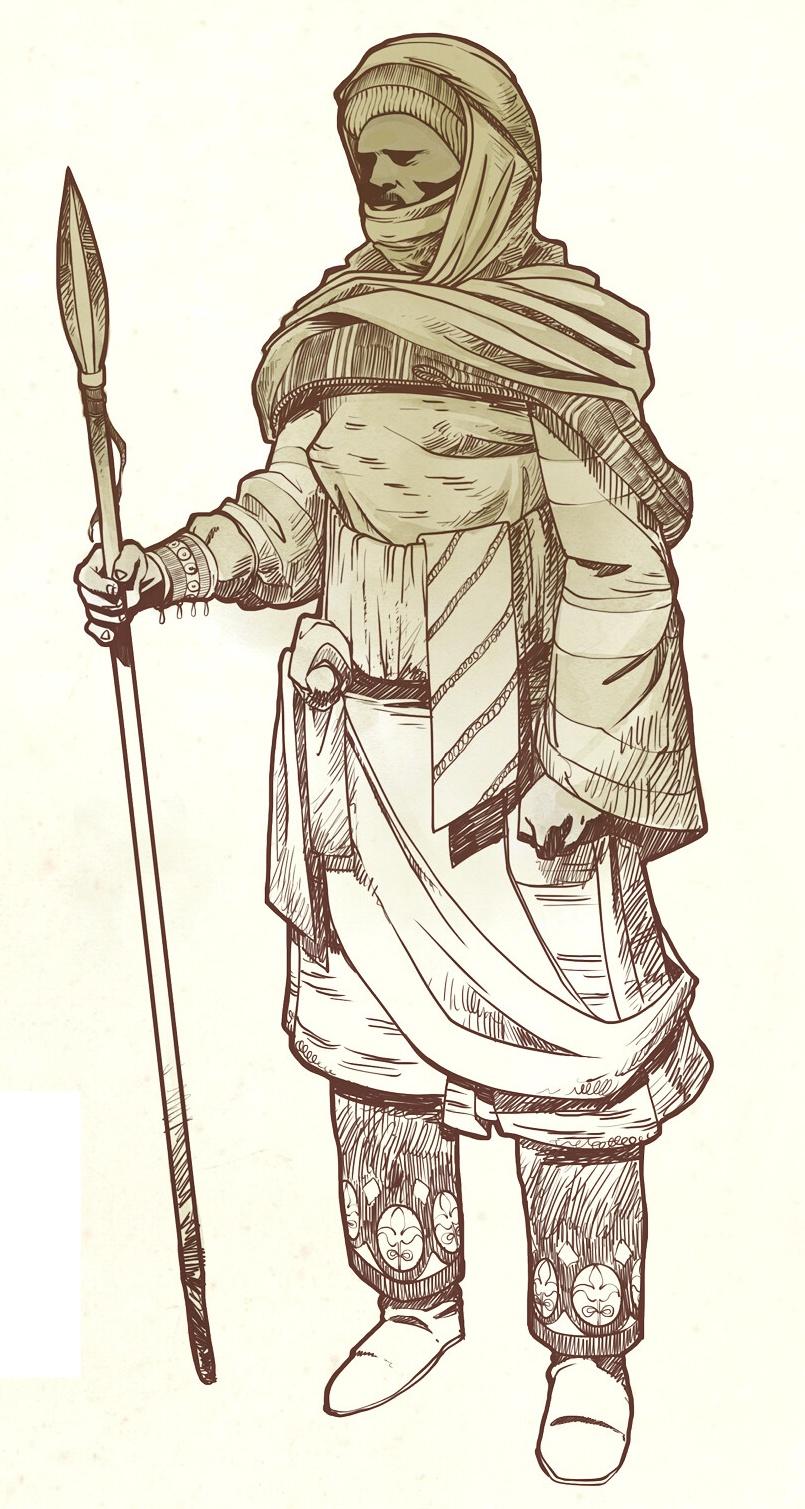Genetic experts have completed a full sequencing of a DNA sample obtained from a 1,000-year-old skeleton unearthed in 1999 in an ancient Islamic cemetery near the village of Segorbe, Spain, which is located a short distance inland from the Mediterranean coastal city of Valencia.
Nicknamed “the Segorbe Giant” because of his unusual height (74 inches or 190 centimeters), it seems this individual carried genes inherited from both the local Spanish population and from Moorish immigrants.

The latter would have arrived sometime following the establishment of the Islamic kingdom of Al-Andalus on the Iberian Peninsula in the eighth century AD.
The study of the Segorbe Giant’s DNA was carried out by a large international research team. The scientists published the results of their study in the journal Nature: Scientific Reports.
The Moorish immigrants were Arabs and Berbers who came to the kingdom of Al-Andalus from North Africa. The DNA analysis showed the Segorbe Giant was related to Berber immigrants on both his father’s and mother’s sides.
One of the most eye-opening discoveries to emerge from the genetic analysis was that the 11th-century Segorbe Giant shared no DNA with the modern settlers of the Valencia area. The Segorbe Giant’s people didn’t remain in the region over the long term, which confirms what historians studying medieval Spain already know about the tragic events that occurred in the Valencian region in the early 17th century.
When the Christians arrived in the area they expelled or killed many of the Muslims settled in the area for generations and soon enough this also included the Muslims forced to convert to Christianity (the Moriscos or converted Moors) who were always viewed with suspicion.
Limited free articles. Subscribe for full access.








 Dr. Bilal Philips
Dr. Bilal Philips